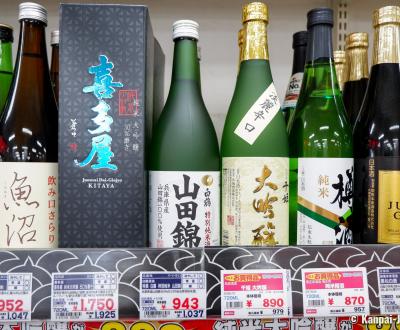How to Choose and Drink Japanese Sake
🍶 A Practical Guide to Nihonshu
Despite its status of traditional alcohol in Japan, the consumption of Japanese sake 🍶 (or nihonshu) in the archipelago has been declining over the last 4 decades. In 2016, 6,06 million hectoliters were sold, against 7,46 million in 2004 and about 16 million in 1973 when national sake sales were at their peak.
The Japanese society gradually broadened its horizons regarding new alcohols and the range of available drinks (beer 🍺, wine, whiskey, etc.) widened. In the meantime, the younger generations’ lack of interest for alcohol grew bigger, while prices increased frequently.
However, Japanese sake export market has been expanding and is striving to balance the loss on the domestic market, at least in terms of value rather than quantity. Following the wake of the ever-growing popularity of Japanese cuisine in the world, nihonshu is now acknowledged by an increasing number of non-Japanese amateurs. In 2019, exports amounted a little bit more than 3% of the national production, and are still on the rise. The main importers of sake are the United States, Taiwan and South Korea, and Europe has known a recent infatuation followed by growing penetration rate.
Regardless of the country, the 40 to 60 years old age group is the biggest consumer of Japanese sake, a trend largely explained by a higher spending power, and the desire to consume authentic alcoholic drinks with more complex flavors. It generally requires more time for Westerners to learn how to enjoy the taste of nihonshu, as their taste buds are not accustomed to the specific aromas of fermented rice alcohol, sometimes sweet and sugary, and sometimes dry and powerful. The taste is hard to describe for most of people even when they like their sake, that can be enjoyed hot or cold according to the season and its type.
Excessive drinking put your health at risk. Alcoholic beverages should be consumed in moderation.
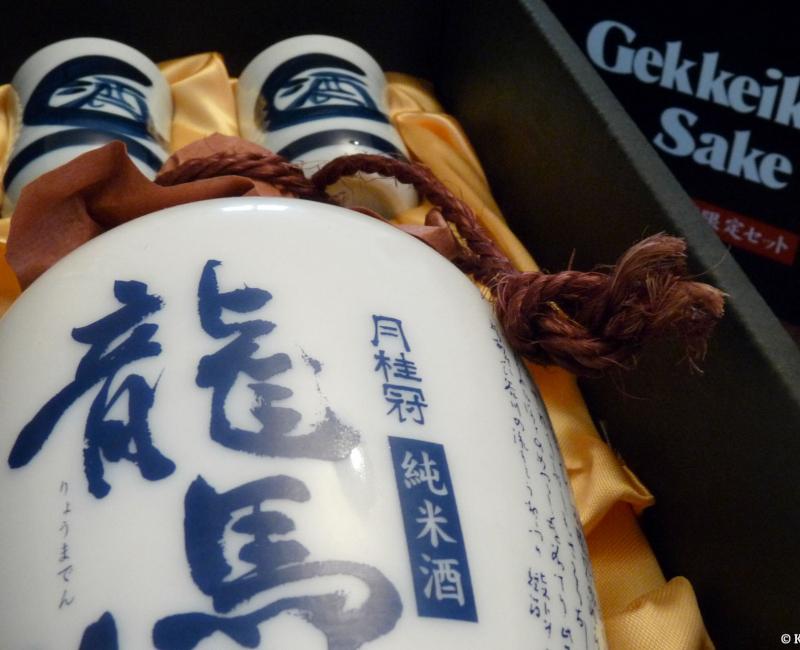
How to identify the various types of nihonshu
To determine the quality of sake before tasting it, it is best to know what kind of sake it is. First, there are two grades for nihonshu in Japan:
- The ordinary, or futsû-shu (普通酒), to be considered like a simple table wine, usually consumed hot and that can also be used in cooking, for ingredients preparation; and,
- The premium, or tokutei meishô-shu (特定名称酒), designating the good quality sake that can be drank as such and that makes for about 30 % of the national production.
Two other groups are encompassed in the premium grade, regarding the ingredients used for sake making:
- Junmai (純米), a sake that is traditionally brewed with rice, water and koji only,
- Honjozo (本醸造), a sake is made from rice, water and koji, to which is added a certain quantity of distilled alcohol, often from sugar cane.
Other sub-categories exist and are related to key moments in the sake making process such as the rice polishing ratio, seimai buai (精米歩合) in Japanese. The lower the percentage, the higher the quality of the nihonshu.
The table below summarizes the main types of premium sake and their naming depending on the quality expected :
The true jewel of the Japanese brewing know-how is the nihonshu of the Junmai Daiginjo group, which is considered the best sake. It is usually served dry, and its flavor is complex with very high-toned aromas. Daiginjo sake is more subtile and delicate, but always with some kind of refinement. The most common categories Junmai and Honjozo, with a 70% rice polishing ratio, are lighter on the palate and easier to drink.
Less common other classifications also exist, of which can be mentioned:
- Genshu (原酒), made with a rice that is almost unpolished (99% of the kernel remain) and that is not diluted at the end of the process, resulting in an alcohol content around 20°,
- Taru (たるざけ), aged in oak or cedar barrels,
- Nigori (濁り酒) unfiltered sake, with a cloudy appearance.
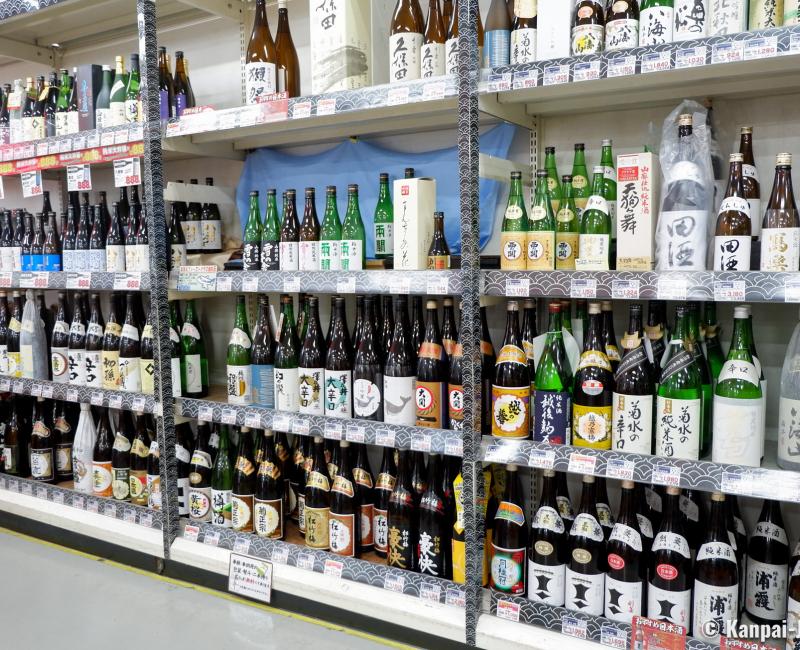
How to buy a good Japanese sake
It is not necessary to spend a lot to enjoy a good nihonshu. The competition resulting of the diversity of the regional productions is a guarantee of delivering a minimum quality level to consumers.
The Japanese brands to prefer
Many sake brands offer a good quality-price ratio and can be recommended as safe bets at affordable prices. We came up with the following selection:
- Tsushimaya (津島屋) by Miyozakura Brewery (Gifu prefecture), established in 1893, the groundwater supplied by Kiso River is a key ingredient;
- Musubi Yui (結ゆい) by Yuki Brewery (Ibaraki prefecture), that produces sake in 160-years old warehouses;
- Mustu Hassen (陸奥八仙) by Hachinohe Shuzo Brewery (Aomori prefecture), whose origins date back to the 17th century and that uses the best products of its area to make their drinks unique;
- Hirotogawa (廣戸川) by Matsuzaki Shuzo Brewery (Fukushima prefecture), a very small company established in 1892 that produces an exceptional sake;
- Kubota (久保田) by the eponymous brewery (Fukui prefecture), established in 1753, they grow their own rice and source water in the area’s underground bodies of water;
- Shuho (秀鳳) by the eponymous brewery (Yamagata prefecture), established in 1890 and that takes advantage of its ideal climate to develop an interesting nihonshu;
- Isojiman (磯自慢) by the eponymous brewery (Shizuoka prefecture), established in 1830, they enjoy pure water sources in their surroundings;
- Kokuryu (黒龍) by the eponymous brewery (Fukui prefecture), established in 1804, they grow their own sake rice;
- Sharaku (寫楽) by Miyaizumi brewery (Fukushima prefecture), 400 years old, is one of the most renowned breweries in the country.
How much is nihonshu in Japan?
In the same manner as wine, there are great variations of prices for a bottle of sake. The price usually varies from ¥500 (~US$3.19) to more than ¥200,000 (~US$1,277) depending on the quality as well as the quantity produced. Most prices generally range between ¥2,000 (~US$12.77) and ¥4,500 (~US$28.73) for a bottle of good nihonshu in Japan.
In bars and restaurants, the prices for a sake cup (about 180ml) usually range from ¥400 (~US$2.55) to ¥700 (~US$4.47) and are in the same price bracket as the other standard alcohols. As a reminder, the legal age to drink alcohol is 20 years old in Japan.
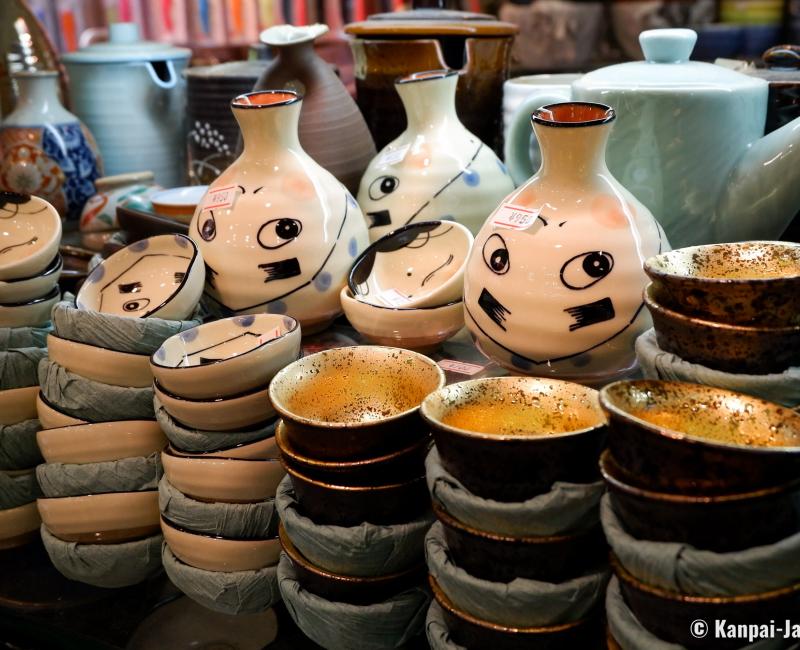
How to drink sake?
Japanese sake can be served at various temperatures, that are to be decided according to the season (hot in winter and chilled in summer) but also according to the alteration of the taste the temperature can make.
Served cold or hot
Depending on the temperatures, the sake served will be named differently:
- Reishu (冷酒): nihonshu served at about 10°C, very refreshing in summer, however its flavors can be weakened;
- Joo-on (常温) or Hiya (冷や): served at room temperature between 18°C and 28°C. Note that the term hiya, that literally means "chill", makes reference to the ambient temperature that was considered fresh before the invention of fridges. Joo-on is certainly the best temperature to enjoy sake at its fair value and without altering it;
- Nurukan (ぬる燗): served warm at about 40°C, the closeness to the human body’s temperature allows to enhance some flavors and make the sake softer;
- Atsukan (あつ燗): served very hot at about 50°C, its taste is stronger and spicy, which reduces acidity. Superior quality sake should not be warmed as their complex flavors could be altered or suppressed. This way of drinking sake is quite pleasant in winter and particularly common at the year end. The Honjozo or Junmai types are to be preferred for such a consumption.
A specific glassware
Sake is served from a tokkuri carafe (徳利), a 180 to 360 ml container, most of the time made of ceramics and ornamented with painted traditional patterns. It is a small bottle with a curved shape or elongated, with a narrow neck that prevents heat from dispersing when the nihonshu was warmed in a bain marie.
Sake cups or glasses can have various shapes but their capacity is always very small:
- The sakazuki (盃) cup is probably the most ancient type, very shallow with wide edges that are often lacquered. It is still used during official Shinto ceremonies;
- The small guinomi (ぐい呑み) or choko (猪口) cups are the most common in the every day life, for an informal usage;
- The cubic masu (枡) cups are made of hinoki cypress wood. They are pleasant to the sight, to the touch and to the smell. The custom is to fill them to the brim as a sign of prosperity.
In Japan, nihonshu is mainly consumed during a meal, as the ideas of aperitif or after-dinner drink are not very widespread. Drinking sake is appropriate at home with family, at the restaurant with friends or at the izakaya pub for an after-work with colleagues. It is a perfect fit with many Japanese dishes such as sashimi, sea food and yakitori skewers. Ryokan traditional inns also provide regional sakes along with their kaiseki dinner.
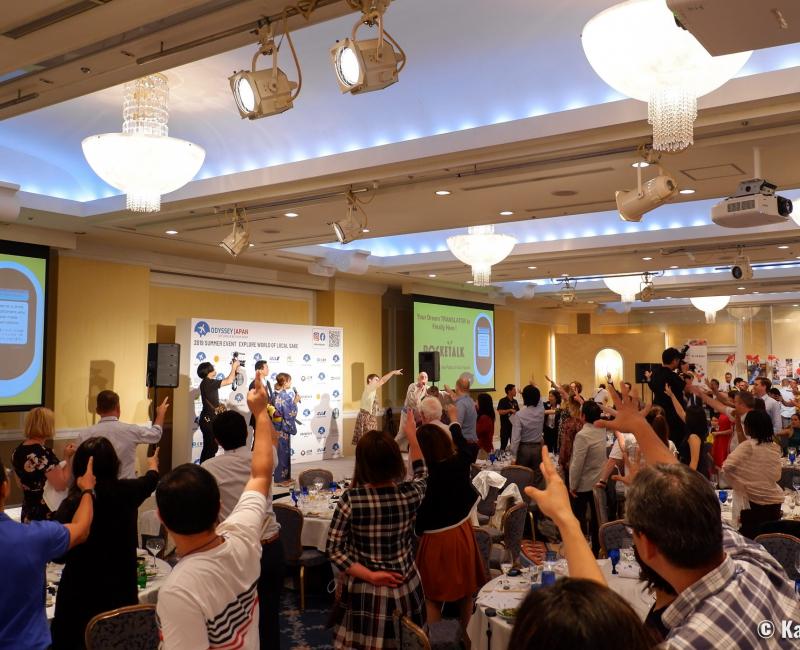
An alcohol made for sharing
Sake is first and foremost an alcohol for tasting and socializing. It is served in several rounds, with the habit of filling one’s neighbor glass as soon as it is empty. And the neighbor will naturally do the same for you in turn. For a Japanese, being served is something greatly appreciated and contributes to the pleasure of a convivial moment.
When hosting or toasting, one takes the sake glass with the left hand, then slightly stretch it forward while delicately placing the right hand beneath the glass. One slightly bows once as a show of appreciation then drinks in little sips to show that one enjoys the flavors and do not drink out of thirst or greed for alcohol.
Lastly, when coming back from a travel it is not unusual to bring back as an omiyage gift a set of nihonshu bottles, chosen with great care in the local specialties and preferably among the products of the highest quality.

